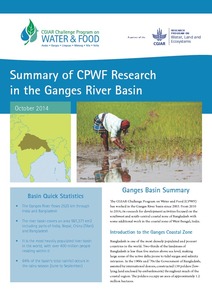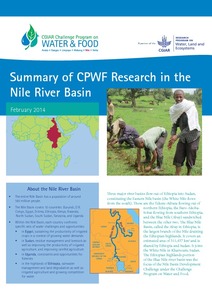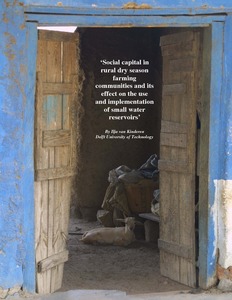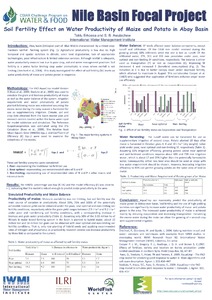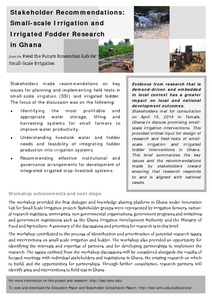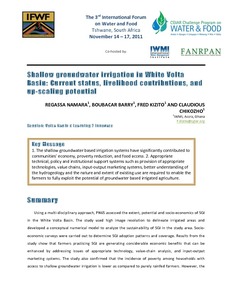Summary of CPWF Research in the Ganges River Basin
The CGIAR Challenge Program on Water and Food (CPWF) has worked in the Ganges River basin since 2003. From 2010 to 2014, its research for development activities focused on the southwest and south-central coastal zone of Bangladesh with some additional work in the coastal zone of West Bengal, India. In most polders the primary limiting factors are poor water management due to the lack of systematic operation of sluice gates; lack of separation of lands of varying elevations; and siltation of the irrigation and drainage canals within polders.

